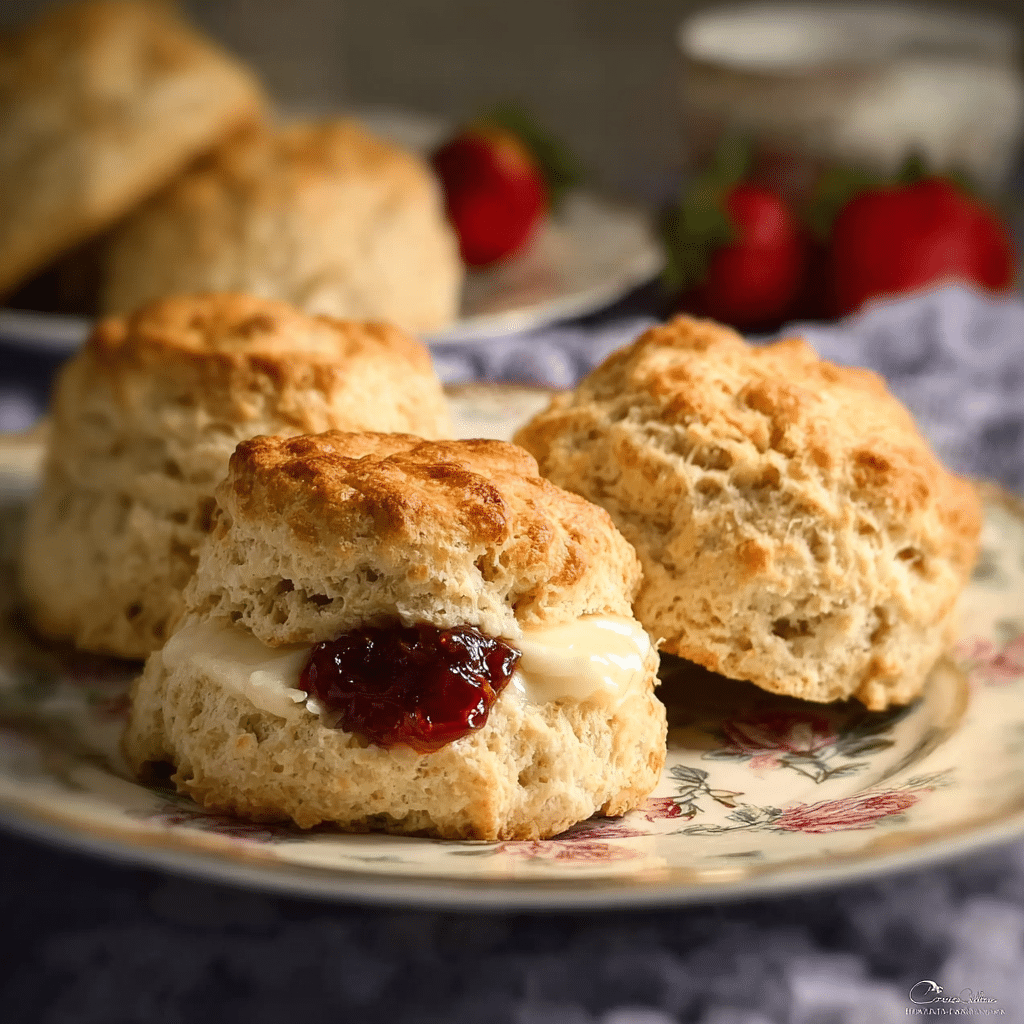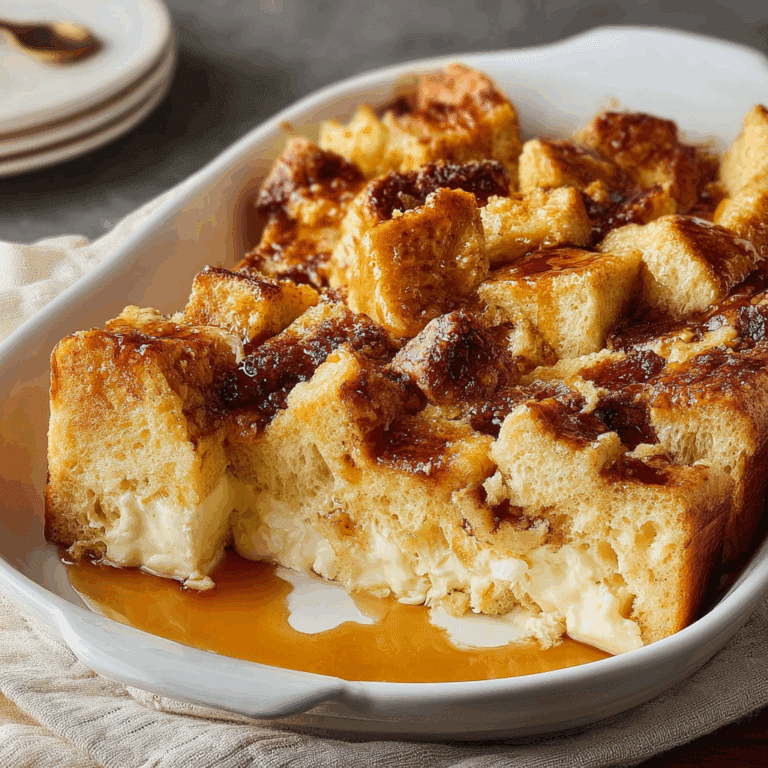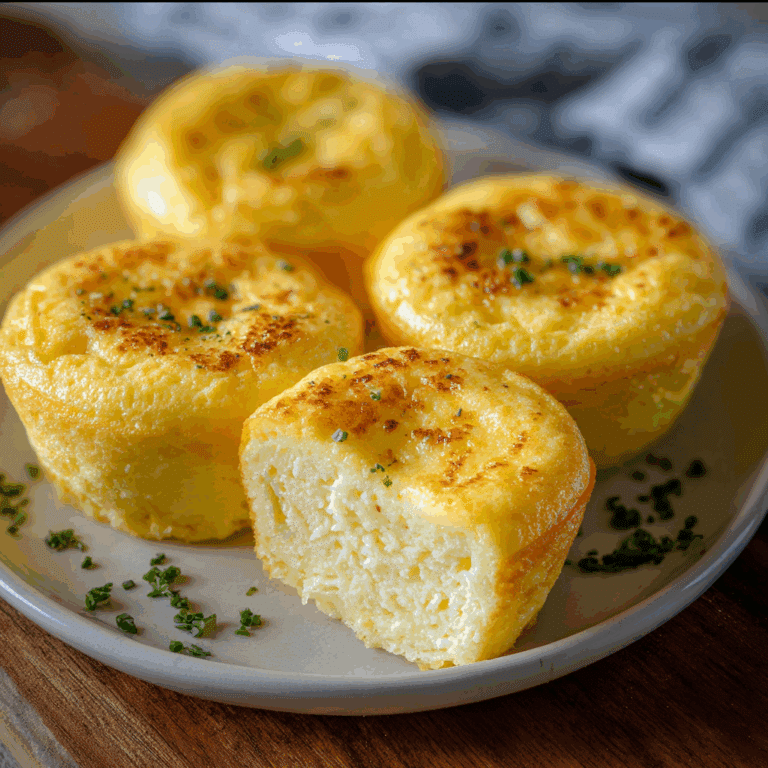Easy Homemade Scones: Best Recipe Tips

There’s something truly magical about warm, fresh Homemade Scones straight from your kitchen. Soft on the inside with a tender, flaky crust, these scones are the perfect companion for breakfast, afternoon tea, or a simple snack anytime you crave a bit of comforting baked goodness. With the right ingredients and a few clever tricks, creating your own homemade scones is easier than you think, and the results are endlessly satisfying.
Why You’ll Love This Recipe
- Simple ingredients: Utilizes everyday pantry staples that bring out authentic scone flavors.
- Flaky texture: Balanced method ensures soft, tender crumb with a light flakiness in every bite.
- Quick preparation: Ready to bake in under 30 minutes, perfect for busy mornings or last-minute guests.
- Customizable flavors: Easy to adapt with fruits, nuts, or spices to make it your own.
- Perfect pairing: Delicious alone or served with jam, clotted cream, or honey for an elevated treat.
Ingredients You’ll Need
Crafting the best homemade scones is all about balance, and these simple ingredients each play a crucial role in delivering that perfect bite—rich, fluffy, and satisfying. The right flour, butter, and liquid come together to create a scone that rises well and stays tender.
- All-purpose flour: Provides structure and lightness, essential for the right crumb.
- Baking powder: Acts as a leavening agent, helping scones rise beautifully and become airy.
- Cold unsalted butter: Key for flakiness, cutting butter into flour creates delicate layers.
- Granulated sugar: Adds a slight sweetness that enhances flavor without overpowering.
- Salt: Balances taste and enhances the natural buttery richness.
- Whole milk or cream: Moisturizes dough and contributes to tenderness with a creamy richness.
- Eggs: Bind ingredients together and create a lovely golden brown finish.
- Vanilla extract (optional): A touch of warmth and depth to round out flavor notes.
Variations for Homemade Scones
One of the best things about homemade scones is how adaptable they can be. Whether you want to add a burst of fruity freshness, a nutty crunch, or cater to different dietary needs, you’ll find that this base recipe is a fantastic canvas for all kinds of exciting tweaks.
- Fruit scones: Fold in fresh blueberries, raspberries, or dried cranberries for a juicy sweet twist.
- Cheese scones: Incorporate sharp cheddar or parmesan cheese for a savory spin.
- Gluten-free adaptation: Substitute with a gluten-free flour blend to enjoy scones without gluten worries.
- Vegan option: Use plant-based milk and replace butter with coconut oil for a dairy-free version.
- Spiced scones: Add cinnamon, nutmeg, or cardamom to the dough for a cozy, aromatic update.

How to Make Homemade Scones
Step 1: Prep and Mix Dry Ingredients
Start by preheating your oven to 400°F (200°C). In a large bowl, whisk together the all-purpose flour, baking powder, sugar, and salt to evenly distribute the leavening and seasoning.
Step 2: Cut in Cold Butter
Cut the cold unsalted butter into small cubes, then use a pastry cutter or your fingertips to work the butter into the dry ingredients until the mixture resembles coarse crumbs with pea-sized bits of butter remaining. This step creates the signature flaky layers.
Step 3: Add Wet Ingredients
In a separate bowl, lightly beat the eggs, then stir in the milk or cream and vanilla extract if using. Pour the wet mixture into the dry ingredients and gently mix with a spatula until just combined. Be careful not to overwork the dough to keep scones tender.
Step 4: Shape the Dough
Turn the dough out onto a lightly floured surface. Gently pat it into a 1-inch thick circle or rectangle, depending on your preferred scone shape. Using a sharp knife or a cutter, slice or cut the dough into equal-sized triangles or rounds.
Step 5: Bake to Golden Perfection
Place scones on a parchment-lined baking sheet, spacing them apart. Brush the tops lightly with extra milk or beaten egg for a golden glaze. Bake for 12-15 minutes until puffed and golden brown. Let cool slightly before serving.
Pro Tips for Making Homemade Scones
- Use cold butter: Keep butter chilled to create flaky layers and a tender crumb.
- Don’t overmix: Stir the dough just enough to bring it together; overworking develops gluten, resulting in tough scones.
- Chill the dough if needed: If your kitchen is warm, chilling the dough for 15 minutes before baking helps maintain texture.
- Cut scones cleanly: Use a sharp knife or cookie cutter without twisting to avoid compressing the dough.
- Brush tops for sheen: A milk or egg wash adds a gorgeous golden color and subtle shine.
How to Serve Homemade Scones
Garnishes
Traditional toppings like clotted cream and strawberry jam bring out the rich simplicity of homemade scones. You can also try whipped butter, honey, or lemon curd for delightful variations.
Side Dishes
Pair your scones with a pot of hot tea, freshly brewed coffee, or even a light fruit salad for a balanced breakfast or afternoon treat.
Creative Ways to Present
Serve warm scones stacked on a beautiful platter with fresh berries and edible flowers for an inviting spread. Layer scones with cream and jam for scone sandwiches or top with flavored butter to impress guests.
Make Ahead and Storage
Storing Leftovers
Keep leftover homemade scones fresh by storing them in an airtight container at room temperature for up to two days. To retain softness, consider adding a slice of bread in the container to maintain moisture.
Freezing
Wrap scones individually in plastic wrap and place them in a resealable freezer bag. Homemade scones freeze beautifully for up to three months, making them perfect to bake in advance.
Reheating
Reheat frozen or stored scones by warming them in a 350°F (175°C) oven for 5 to 10 minutes until heated through and freshly crisp on the outside. Avoid microwaving to maintain texture.
FAQs
Can I use self-rising flour instead of all-purpose flour?
It’s best to stick with all-purpose flour and baking powder separately since self-rising flour contains salt and leavening that may alter the balance and texture of your scones.
What’s the secret to flaky scones?
Cold butter cut into the flour creates layers of fat which steam during baking, making the scones tender and flaky. Avoid melting butter or overmixing for best results.
Can I make scones without eggs?
Yes, you can substitute eggs with flaxseed meal or applesauce as a binder, though texture may be slightly different. This adjustment also works well for vegan versions.
How do I add fruit without making scones soggy?
Use dried fruits or toss fresh fruits in a little flour before adding to the dough to prevent excess moisture from making the scones heavy or soggy.
Why did my scones turn out dense?
Dense scones often result from overmixing the dough or using too much liquid. Handle the dough gently and measure ingredients precisely to keep scones light and airy.
Final Thoughts
Homemade scones bring such joy to the table—warm, comforting, and endlessly adaptable. Whether you stick to the classic recipe or add your favorite mix-ins, these scones promise a delicious baking experience and satisfyingly tasty results. Give them a try and enjoy the simple pleasure of fresh, homemade scones any time you want!






